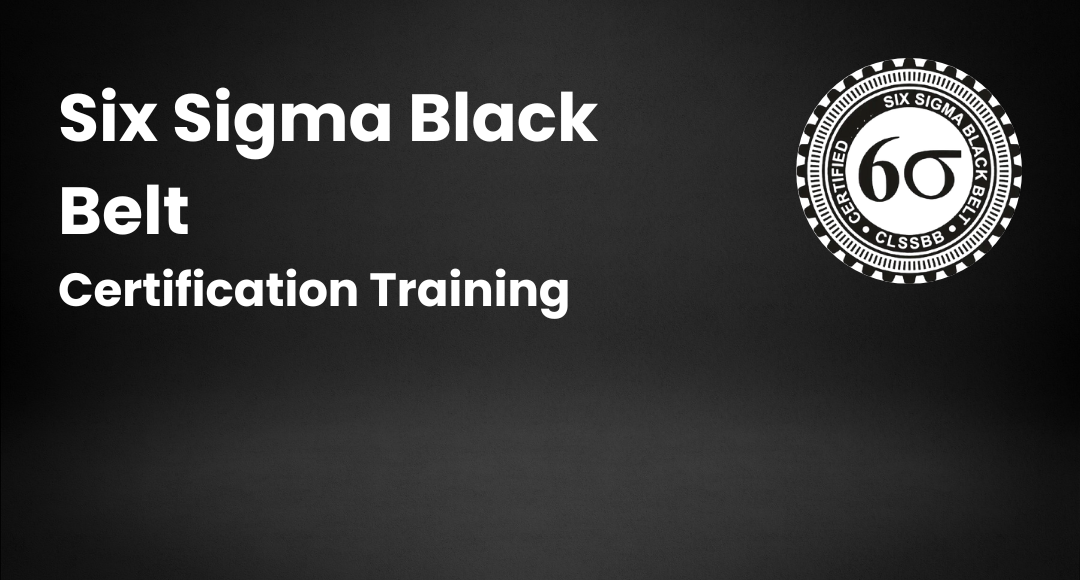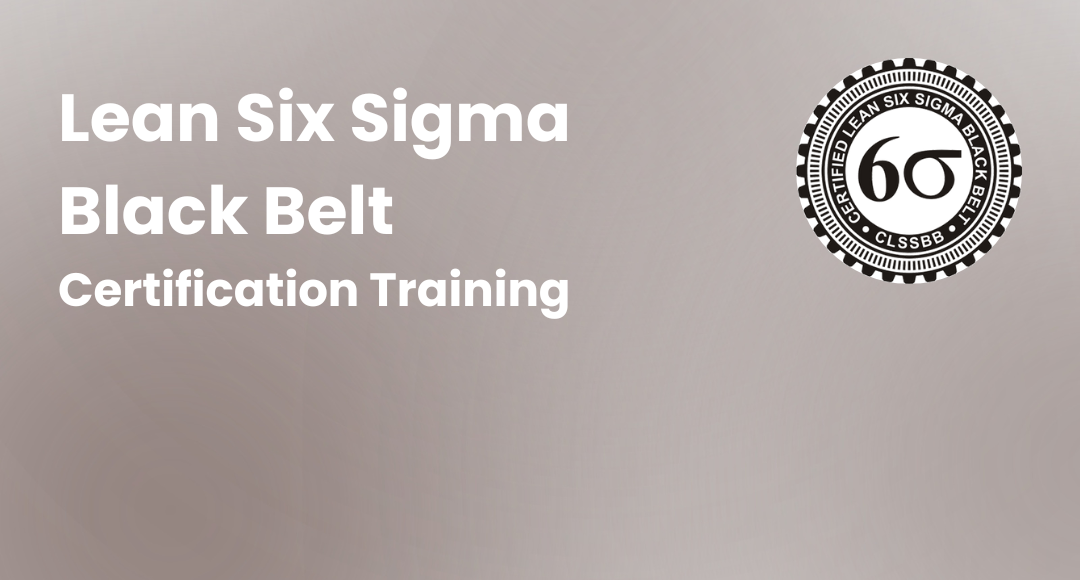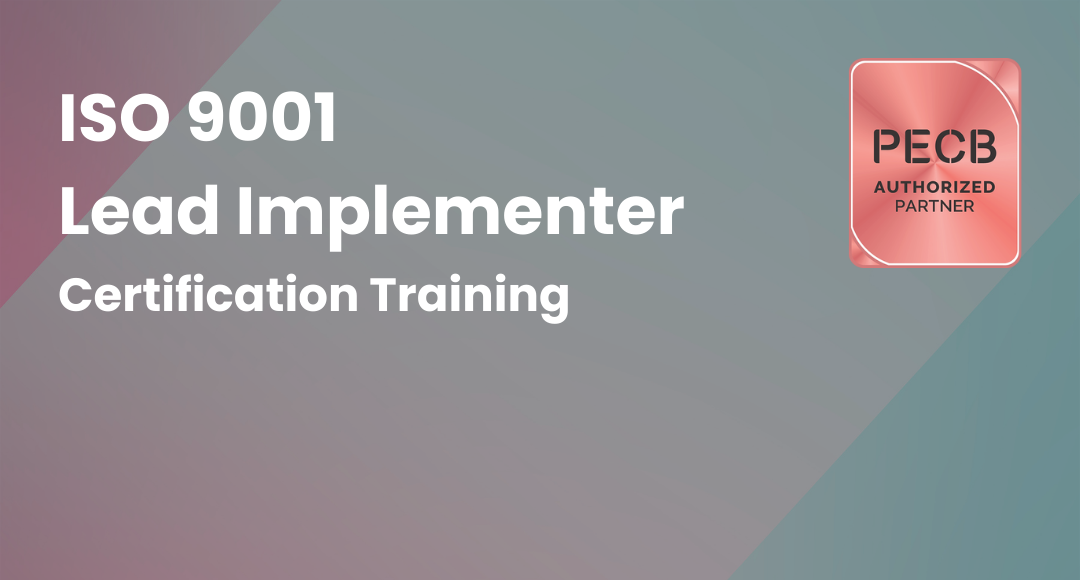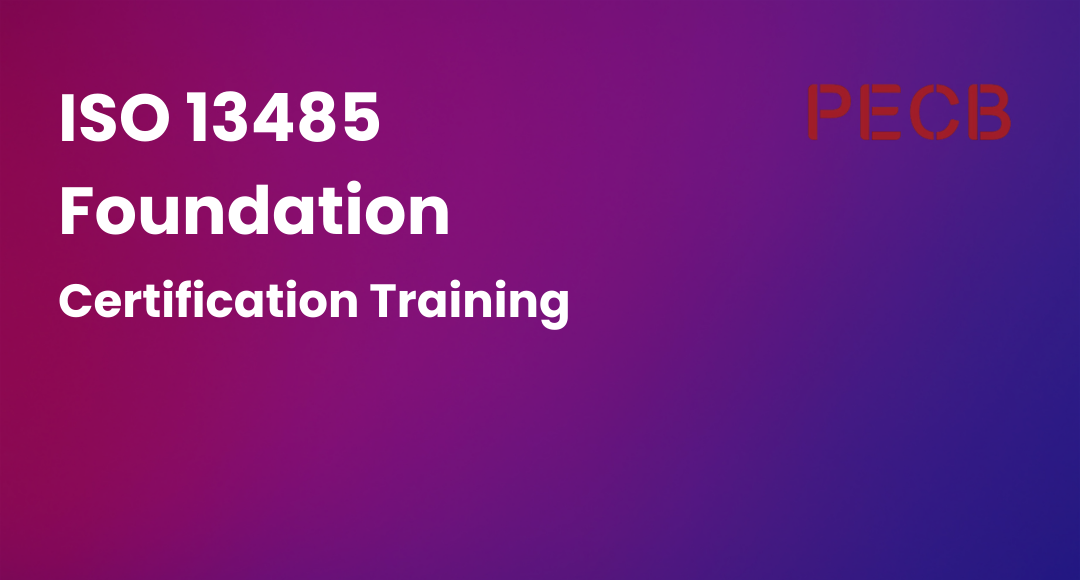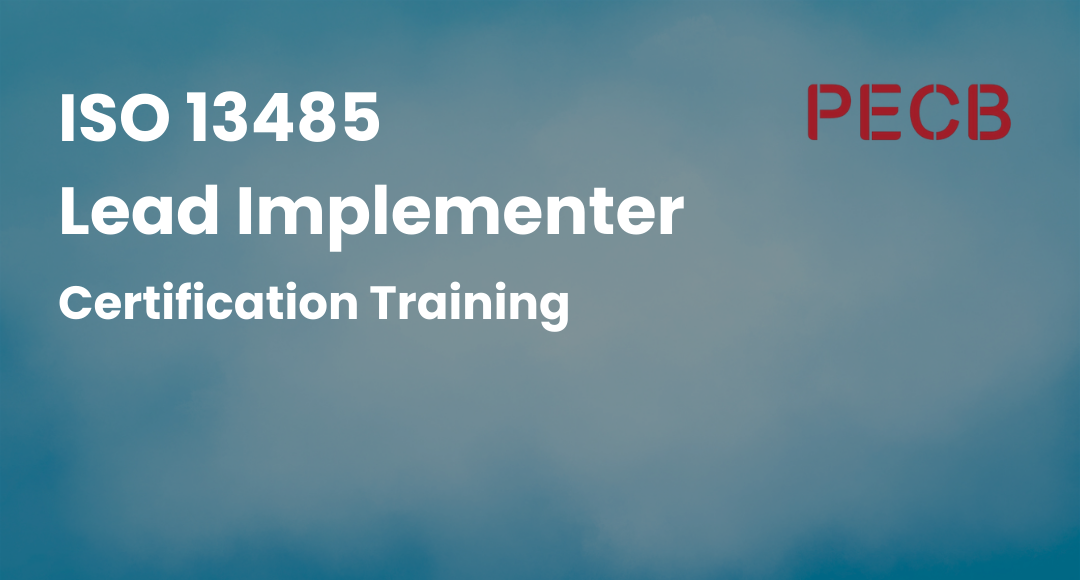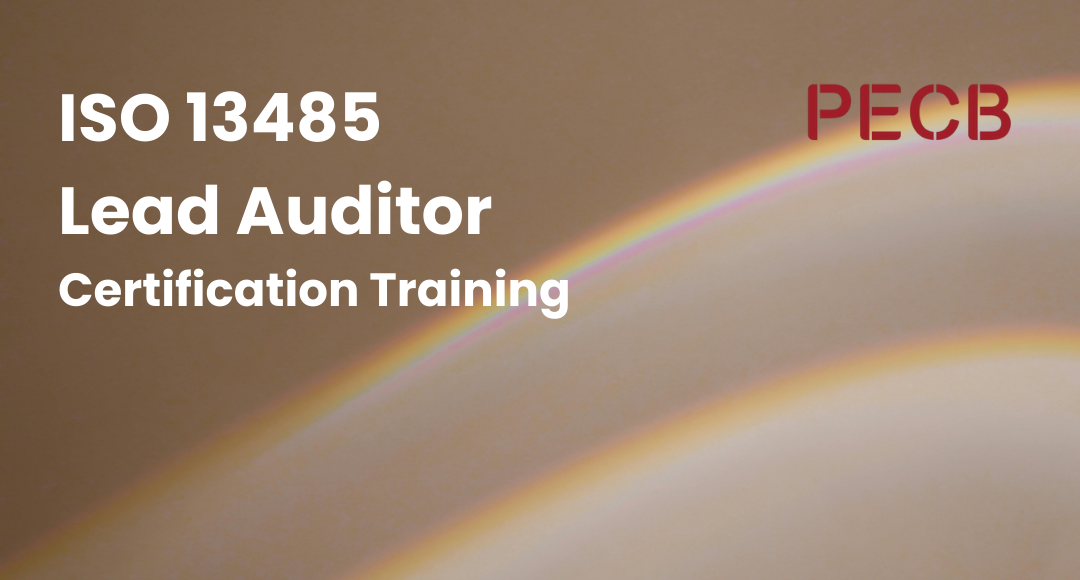Total Quality Management - A Complete Guide for Beginners
-
 By Keerti
By Keerti - Published on Nov 6 2023

Table of Contents
- Overview of Total Quality Management
- Basic concepts of Total Quality Management
- Total quality management theory
- Types In Total Quality Management
- Benefits of Total Quality Management
- Significance of Total Quality Management
- Principles of Total Quality Management
- Implementation of Total Quality Management
- Total Quality Management (TQM) Resources
- Seven concepts of Total Quality Management
- FAQs
- Takeaway
Overview of Total Quality Management
A project of any size can only be successful if it happens to cut through the clutter, provide project deliverables, establish in quality and in delivering value to the end-user. That’s when businesses put together their heads and worked on the quality issues that bogged most products.
It actually was a burden on time and money when products did not turn out as they were supposed, and redoing them was not getting the business anywhere. That is when total quality management took its roots, and it paved the way to focus on total quality control.
Total quality management looked into various flaws by looking into the supply chain management first. If the total quality management system is appropriately applied, it can enhance the customer experience, and the production process becomes more viable.
For this to happen there would be a need to shake up the system. And bring about the changes beginning with the employees by getting them trained and holding them accountable for the overall quality of the end product or service. You will also have to know the origin of total quality management.
It will make it easier to spot the holes so that they can be filled and the inability to provide the promised quality can also be fixed. Continuous innovation will be necessary to maintain the current level of excellence.
It can be done when you can develop systems that meet or even exceed expectations. All this done scientifically gathering data and reviewing it after every cycle to check for any flaws in the system.
Basic concepts of Total Quality Management
The basic concept lies in: being sure that all the requirements of the customer are met despite all odds and ending ways to see that all of the processes work well with the help of
- Planning
- Making policies
- Having procedures in place
- Provide training to the employees
Total quality management theory
We must understand that maintaining quality is an ongoing process. And It works its way into the total quality management process. The system involves detecting the flaws and finding ways to resolve them or reduce them.
- Streamlining every process
- Supply chain management
- Enhancing client service
When internal practices work harmoniously with constant reviewing, it will reflect in the work processes as well. All those involved in the production process needs to work towards the quality of the final product or service as per the total management processes.

It is a structured approach that looks into all internal practices as well as the outputs that are delivered. If there is a continual assessment of quality in every process, the standards of the organization will be in par with the global measuring scales of impeccable merit.
Managing quality will entail having to collect information and to analyze it, which then enables the decision-making process. There is a specification to gather performance data, along with knowing the progress of the project to maintain quality at all times.
Without effective communication among the staff, it would be impossible to gauge their involvement and build their confidence.
Instead of focusing on long-term strategies, quality management continues to work on short-term objectives. The procedures will be better under control in this way, and it will be much simpler to maintain standards. To enable the systemic transformation that the application of a total quality management methodology brings about, the processes must be sufficiently coherent.
The best part of utilizing the basic concepts of total quality management allows the freedom for any industry to partake in the methodology and apply it to their organization and benefit from getting the best quality control procedures in their processes.
Every depart needs to employ the methods only, or few of the departments who get into the total quality management approach will not give the entire benefit from the quality change that is expected from adopting the total quality management strategies.
Every department, as well as every employee, has to get trained to believe in quality management for organizational excellence. They will have to understand that it is a continuous process improvement in total quality management.
All have to play their parts as each has a fixed goal and work on improving the area they function in every level of the organization.
Types In Total Quality Management
Document managing
Risk managing
Training and record managing
Audit and inspection managing
CAPA, complaint and incident managing
Supply managing
Equipment and asset managing
Benefits of Total Quality Management

Being able to make the processes and routines in the project effective and utilizing the capabilities to the optimum. Able to increase the value for the customer and work on enhancing their experience each time, thus contributing to the stakeholder’s needs as well. Eventually working on sustaining the business.
There definite learning in each implementation that is done when improving on the organization
You can now gather what the fundamentals of total quality management and how by using it they can make their organization thrive and get the following results
- Increasing the value that you are giving to the clients
- Get into make sure that long term stability
- Building onto the organizational strengths
- Encouraging creative and innovative ideas
- Getting people to lead and drive them to motivate, understand the goals and build-in sincerity
- Making sure the processes are steady and running, and there are no longer set-backs
- Utilizing the talent that the workforce has optimally
- Getting the results peaking at all times
Costs involved in getting quality
Quality Cost Involves:
- External failure cost
- Appraisal cost
- Prevention cost
- Internal failure cost
When you are dealing with operations management and total quality management, you would have to bear the cost of perhaps redoing or changing the process. There may be costs when the end product doesn’t deem fit for the customer to buy.
They abandon the product, which may add up as residual cost, which can be a bearing on the company or the brand’s reputation. They could potentially lose existing and future customers due to the negligence in bringing standards to the quality of the product or service they offer.
There would be appraisal costs as you would have to hire an insider team or outsource a team for an inspection right from the materials used to when the products are being made and finally the end product.
There would then be the prevention costs that would be for training the staff and getting to understand the plan and the safety measures that need to be employed each time the product is being made.
There need to be regular reviews for the teams that are working on the project. You would proceed to the external failure costs that may happen if there are returns, recalls, or warranty issues or repairs to the product.
The internal failure cost would be before the product even reaches the market to the customers. This could be from machines or equipment used to make the product be out of order or need to be repaired, workers strike, delay, designs that aren’t good enough, and finally downtime.
It is of utmost importance to understand customer satisfaction in total quality management. You could actually avoid so many of the costs that will be a big liability in the future for the company to bear each time if you wouldn’t tweak up the system by using total quality management in manufacturing.
Significance of Total Quality Management
Discovering solutions and developing ways to pursue high quality at all times. Making sure that the existing resources are optimally utilized with good leadership guidance and work on fixing problems that may arise and look into tapping native resources that can benefit the organization, which can then guarantee,
- Making sure you provide client satisfaction and build on the loyalty factor
- Increasing the productivity and revenues for the organization
- Work on the designing part
- Learning how to adjust to the market fluctuations and changes in regulatory environments
- There have to be efforts to be put in to scale up the productivityHelp to build a public image actively to promote the brand
- Try to detect and prevent wastage and defects in the product or service
- Bringing in a positive atmosphere in the organization and ensure that they are not felt left out
- A major part of the entire exercise while bringing in the change is to build employee confidence
- Work on decreasing the costs
- The organization has to work in generating steady revenue and profits
Principles of Total Quality Management
The principles of Total Quality Management are based on the idea that everyone in the organization has a role to play in quality improvement. The principles of TQM include:
1) Customer focus: The customer is the most important person in the organization. The organization should focus on meeting and exceeding customer needs.
2) Total employee involvement: All employees should be involved in quality improvement efforts. Employees should be empowered to make decisions and take action to improve quality.
3) Continuous improvement: Quality improvement is an ongoing process. The organization should constantly strive to improve its products, services, and processes.
4) Process management: The organization should manage its processes in a systematic way. This includes identifying, measuring, and improving processes.
5) Fact-based decision making: Decisions should be based on data and facts, not on gut feeling or intuition.
6) Supplier partnerships: The organization should work with its suppliers to improve quality. Suppliers should be seen as partners in the quality improvement process.
7) Management commitment: Top management must be committed to quality improvement. This means providing the resources and support necessary to implement and sustain TQM.
Implementation of Total Quality Management
PDCA Cycle - (Plan - Do - Check - Act)
There is a sincere need to put the plan in perspective before getting ahead. It helps to identify the problems. When you find the root cause, you will be able to rectify it and prevent it from occurring again and again.
It causes the quality to diminish and for avoiding that all the employees can work on investigating the various reasons that don’t qualify the product or service as per the quality standards. We can work very well around the PDCA cycle in total quality management.
When you know the cause, you will have to work on the strategies and be able to implement the total quality management model. It is the phase wherein everyone in the organization has to do. They have to see if the solutions that are picked out work or not or go to another strategy and work on the changes.
After the changes have been brought in, there is a need to check whether they have been correctly implemented. They are also known as total quality management methods.
The need to act on the strategies and document them for future reference will be the final stage of implementing total quality management.
The above measures will enable the employees to understand the importance of total quality management for an organization.
Total Quality Management and Six Sigma
Total quality management did help companies and continues to do so. But as technology evolved and the market factors have changed drastically in the recent decades, there was a need for another kind of methodology that supported the TQM principles but could cope with the pressures and challenges of today’s times.
Businesses are no longer stuck to one geographical location. There isn’t a need for a physical location for a business to set up.
The virtual nature of doing business and increased customer gratification has made it a different ball game. It wasn’t like that when total quality management quality was the standard for the companies to look up to.
Now we have different frameworks to help us with similar tasks but enable us to find out much more and be capable of putting together a more valued product as well.
We know total quality management is the milestone of quality management will be a benchmark. When you combine this with Six Sigma methodology, you will benefit by two major factors
- Measurement focus
- Data-driven decisions
We are not giving away the importance of total quality management, but now when you take in the benefits and define total quality management to fit into the new arrangement, turn it into Six Sigma total quality management.
Top Quality Management Training Courses and Six Sigma Certifications
Total Quality Management (TQM) Resources
Total Quality Management (TQM) is a business management strategy that aims to improve the quality of products and services through continuous improvement. TQM is based on the idea that everyone in the organization, from top management to frontline employees, has a role to play in quality improvement.
There are many different TQM resources available, including books, articles, websites, and training programs. Here are a few of the most popular TQM resources:
Books:
- Total Quality Management: The Key to Continuous Improvement by Armand V. Feigenbaum
- Out of the Crisis: Quality, Productivity, and Competitive Position by W. Edwards Deming
- The Toyota Way: 14 Management Principles from the World's Greatest Manufacturer by Jeffrey K. Liker
Websites:
- American Society for Quality (ASQ)
- International Association for Quality Assurance
- The TQM Forum
Training programs:
- ASQ Certified Manager of Quality/Organizational Excellence (CMQ/OE)
- Six Sigma Black Belt Certification
- Lean Manufacturing Certification
Business Excellence With Total Quality Management
Total Quality Management & business excellence can be achieved when we don’t just brainstorm with the client for hours and come to negotiating what the product will be, the level of acceptance shouldn’t be deciding factor of the quality which total quality management explains which six sigma methodology has rectified.
Even if you work on the meeting with the clients, there will always be a particular standard of going on with the processes to maintain a specific quality that will not be compromised.
Six sigma goes down to every bit of detail from the procuring the resources to getting them for the process. It is documented and worked on for every stage to be having very little variations each time the cycle of the process repeats for every product.
This will enable lesser defects and rejects as you will be in control of each process and know that any variations can be detected rectified immediately to get on the with the schedule of the assigned task.
It helps to bring the organization to work on the processes rather than stick to what people agrees on the level of acceptance between people.
As people have their own perceptions of quality and such variations cannot be utilized as parameters to guide the processes for the project. Hence a relevant system had to be brought into force, and six-sigma showed the way that all processes need to be under watch to follow the role of total quality management along with six-sigma to enhance the quality measures.
There was now no need to worry about performance issues cropping up and, in turn, coming up with better numbers in terms of quality and output.
All along, when organizations worked on the total quality management, you would have to get the feedback from the customer to understand that the quality presented to them is to their liking or not.
When you deploy the six sigma methodology to build on the quality measures, you are ensuring that the team knows that they have been able to deliver a product with impeccable quality. It will be not acceptable for the customer satisfied with the outcome.
Applying both to total quality management and six sigma approach to a project can bring in definitive results for short term and continuing in the same vein you can get on for long-term quality assurance through total quality management. Since six sigma which works on
- Sort
- Set in order
- Shine
- Standardize
- Sustain
It’s all about co-workers and the team you form and how you build solutions with them and benefit from the team when you are looking towards continuous improvement.
However, users may feel that six sigma is quite methodical compared to total quality management. We know that there is lean six sigma, but it can now be worked on lean total quality management.
Here's more TQM information by ASQ
Seven concepts of Total Quality Management
Using the tools, you could find out problems and solutions without the help of statistical tools for bringing quality measures in a project taken up by the organization.
- A checklist is gathered over a long period of time, and recurring data can be sorted out to find out the reason for it
- Categorizing the problems in the Pareto chart and understand in which categories most of the problems fall into and find solutions to them accordingly
- Drawing a cause and effect chart also known as Ishikawa diagram allows the team to get the picture of how the issues look like and can react and find solutions faster as well
- Work on a control chart that can give a graphical description to give an idea of how and processes and outcomes change as time lapses
- Another chart which is used is the histogram to know where the results have clustered and scattered
- Scatter diagram helps to plot on the x and y axes to have an idea of the change in the variables
- The flow chart also knew as the stratification diagram the other factors that join the process
Learning how to bring the changes in the workplace when bringing about those improvements, you will have to start from the top-level
- The managers first have to understand the goals to convey it down the line
- A training and thorough way of getting the processes to be broken down for it be understood to the operational level workers
- Allowing them to contribute ideas and work on seeing how they can be utilized in making the process or the product more efficient
- They are checking on the supplier chain, and understanding of the quality goes down from there and working to know if the suppliers meet the standards, which only is a part of total quality management.
Total Quality Management Cycle
We know that a lot of work had to be put into making total quality management a reality. This cycle of the process will help you understand it better.
If you can work on bringing total quality management to the whole organization, you would be able to avoid
- Poor quality cost
- On the appraisal costs
- Costs on internal failure
- Costs on external failure
- Prevention costs
You can improve on the cost of quality to improve on the business results, and many organizations still haven’t been able to grasp the concept properly because the quality managers aren’t able to track the cost of the quality.
Quality control needs ample support from the top-level management to get it implemented throughout the organization and not just circumvent the responsibility to one department so that it bears the brunt of any quality failure.
With the help of six sigma and total quality management, there has been a significant reduction in the quality variation and defects coming out from the supply chain.
FAQs
What are the benefits of TQM?
The benefits of Total Quality Management (TQM) include:
- Improved customer satisfaction
- Increased productivity
- Reduced costs
- Improved employee morale
- Enhanced competitive advantage
What are the 8 pillars of TQM?
The 8 pillars of TQM are:
- Customer focus
- Total employee involvement
- Continuous improvement
- Process management
- Fact-based decision making
- Supplier partnerships
- Management commitment
Who is the father of TQM?
Edwards Deming is considered to be the father of Total Quality Management. Deming was an American statistician and engineer who developed a set of principles and practices for improving the quality of products and services. Deming's principles and practices were widely adopted by Japanese companies in the 1950s and 1960s, and they helped Japan to become a world leader in quality.
What are the 9 dimensions of quality in TQM?
The 9 dimensions of quality in TQM are:
- Performance
- Features
- Reliability
- Conformance
- Durability
- Serviceability
- Aesthetics
- Safety
- Reputation
Takeaway
The continuous improvement and quality control by implementing the quality control life cycle will help the organization in proper job management, making sure that processes are well managed.
You can look into performance and criteria for the integration of all functions that take place. The staff will be more competent with the appropriate knowledge and skills that will enable total quality management.
It is a great morale booster for the employees as they feel their hard work has paid, and motivation will help them build excellent interpersonal skills to hold the team in good stead.
We, Sprintzeal, are an Accredited Training Partner of the International Association for Six Sigma Certifications (IASSC).
Suggested Read: Quality Assurance vs Quality Control
To know about six sigma certifications and to find the six sigma courses that fit your career goals, chat with our course expert
Never miss an update on valuable resources and special training offers; subscribe to Sprintzeal's newsletter today!
Subscribe to our Newsletters
Popular Programs
Trending Posts
Operational Planning Creation, Key Elements and its Benefits
Last updated on Feb 21 2025
Understanding Lean Manufacturing's Pros and Cons
Last updated on Dec 30 2024
Compliance Manager Interview Questions and Answers 2025
Last updated on May 1 2025
Essential Components of a Quality Management System
Last updated on Aug 19 2024
Quality Assurance Plan - Six Steps To Quality Assurance Plan
Last updated on Mar 14 2025
Lean Continuous Improvement: A Detailed Guide to Mastering Organizational Quality
Last updated on Dec 12 2023
Categories
- Other 66
- Agile Management 56
- Cloud Computing 51
- Project Management 170
- Big Data 58
- Business Management 82
- Digital Marketing 73
- IT Service Management 29
- Programming Language 50
- AI and Machine Learning 68
- IT Security 109
- Quality Management 77
- IT Hardware and Networking 25
- Microsoft Program 4
- Workplace Skill Building 12
- Risk Management 9
- Information Security 8
- Leadership and Management 7
- Corporate Training and Development 1
Trending Now
Top Career benefits of Lean Six Sigma Green Belt
ArticleLean methodology, Six Sigma methodology and Lean Six Sigma Explained
ArticleSix Sigma Black Belt Certification – Value and Career Benefits in 2024
ArticlePareto Chart in Six Sigma - Explained
ArticleSix Sigma Certification Guide - A Professional's Guide
ArticleQuality Control Explained – Six Sigma
ArticleQuality Assurance in Six Sigma Explained
ArticleQuality Assurance vs Quality Control
ArticleSix Sigma Certification – Everything you Need to Know About Getting Certified
ArticleLean Six Sigma on Resume for Rewarding Career Benefits
ArticleSix Sigma Yellow Belt Certification - Six Sigma for Beginners
ArticleQuality Management Interview Questions 2024
ArticleQuality Manager Interview Questions and Answers for 2025
ebookService Delivery Manager Interview Questions and Answers (With Examples)
ArticleSix Sigma Interview Questions and Answers 2024
ArticleA Supply Chain Management Guide to Mastering Logistics End to End
ArticleSenior Quality Manager Interview Questions and Answers 2024
ArticleTop Quality Analyst Interview Questions and Answers 2025
ArticleFinancial Analyst Interview Questions and Answers 2024
ArticleRisk Manager Interview Questions and Answers 2024
ArticleCompliance Manager Interview Questions and Answers 2025
ArticleOperation Manager Interview Questions and Answers
ArticleHow to Become a Quality Manager - Career, Job Scope and Certifications
ArticleHow to become a Quality Analyst
ArticleSix Sigma Certifications - Reasons Why you Should Get Them
ArticleTop Qualities of a Good Manager and a Leader
ArticleLearn about Statistical Process Control (SPC) and its top applications
ArticleCost of Poor Quality - A Detailed Guide
ArticleImplementing 5S Methodology for Better Work Efficiency
ArticleWhat Is Lean Management?
ArticleBest Six Sigma Books in 2024
ArticleLeadership vs Management - The Ultimate Guide
ArticleQuality Assurance Plan - Six Steps To Quality Assurance Plan
ArticleOperational Planning Creation, Key Elements and its Benefits
ArticleA Complete Guide to Product Life Cycle Stages 2025
ArticleSix Sigma tools for DMAIC Phases
ArticleWhat Is Lean Manufacturing?- An Overview
ArticleThe Lean Continuous Improvement Model: A Comprehensive Guide
ArticleDMAIC vs. DMADV: Key Differences and Choosing the Right Six Sigma Methodology
ArticleA Deep Dive into the Power of Lean Continuous Improvement Process
ArticleIntroduction to Lean Manufacturing- Definitions, Framework, and More
ArticleLean Continuous Improvement Methods for Business Excellence
ArticleUnderstanding the Key Principles of Lean Manufacturing
ArticleSecret to Unlock Organizational Excellence: Stages of Continuous Improvement
ArticleLean Continuous Improvement: A Detailed Guide to Mastering Organizational Quality
ArticleLean Waste Management: The Ultimate Guide 2023
ArticleA Deep Dive into Lean Continuous Improvement Tools
Article8 Wastes of Lean - Strategies for Identification and Elimination
Article5 Lean Continuous Improvement Principles to Supercharge Your Operations
ArticleThe Ultimate Guide to Lean Manufacturing
ArticleUnderstanding Lean Manufacturing's Pros and Cons
ArticleLean Waste Reduction Strategies: Boost Efficiency and Cut Costs
ArticleTop 10 Lean Manufacturing Tools for Optimal Productivity
ArticleBeyond the Basics: Benefits of Lean Continuous Improvement
ArticleWhat are Quality Standards? | A Guide to ISO Standards
Article7 Important Types of Quality Management System
ArticleISO 9001 Standard: Benefits and Certification
ArticleA Comprehensive Guide to Quality Management Systems
ArticleBenefits of QMS Certification for Your Business
ArticleStep-by-Step Implementation Guide to ISO 9001
ArticleThe Ultimate Guide to ISO 9001: Boosting Quality and Certification Success
ArticleEssential Components of a Quality Management System
ArticleQuality Management System – QSM Approaches and Methodologies
ArticleHow to Effectively Implement a Robust Quality Management System?
ArticleExplaining QMS Documentation Structure: Benefits and Best Practices
ArticleWho Needs ISO 9001 Certification and Why?
ArticleKey Elements of ISO 9001:2015 Quality Management System
ArticleOvercoming Common Challenges in ISO 9001 Certification: Tips and Best Practices
ArticleBest Quality Management Tools
ArticleTotal Quality Management (TQM) vs. Six Sigma
ArticleQuality Manager Salary: What Freshers & Experts Earn in 2025
ArticleCertified Scrum Product Owner: Job Roles And Responsibilities
ArticleTips for Continuous Integration Testing: Streamlining QA
Article10 Quality Management Strategies Adopted by Top Managers
ArticleDMAIC for Warehouse Safety: From Hazards to Control
ArticleLive Data, Faster Fixes: How Smart Monitoring Is Rewriting Quality Control
Article


